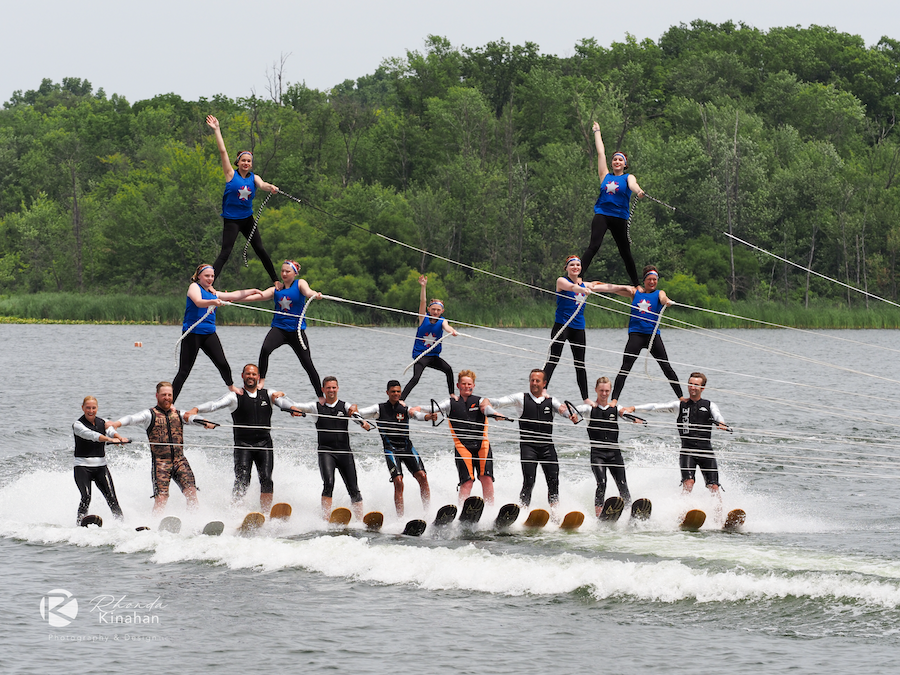Few music bands and performers are as iconic and captivating as marching bands. Whether they are strutting their stuff at halftime shows, leading parades through city streets, or providing extra musical school spirit at football games, marching bands have an undeniable charm and energy. But do you ever wonder how these musical marvels came to be?
Marching Bands: A Resonant Legacy in the United States
Marching bands as we know them today have their strongest roots in the United States. The American Civil War saw the emergence of regimental bands that provided morale-boosting music to soldiers on both sides. After the war, these bands evolved into civilian ensembles and began to play a significant role in American culture.
Higher Education Amplifies the Legacy
In the late 19th century, college and university bands started to gain popularity. They became a staple at football games, adding excitement and energy to the sporting events. Iconic college bands, like The Spartan Marching Band, were then known as the “MAC Touch-down Band” in 1907 when the band began performing at school events. The University of Michigan’s “Michigan Marching Band,” formed in 1896, U of M Band gave its first public performance in 1897 and set the stage for the widespread adoption of marching bands in colleges nationwide.
The Golden Age: Pioneers and Innovations
The early to mid-20th century is often considered the golden age of marching bands. Iconic bandleaders like John Philip Sousa and innovative arrangers like Bill Moffit (MSU’s assistant director of bands) played pivotal roles in shaping the modern marching band sound. Many high schools established bands during this era, further solidifying the tradition.
Mona Shores High School Bands: A Legacy of Excellence
Mona Shores High School bands started in 1962 when the high school was founded under the direction of John Butterfield, the school’s first band director. In 1985, Butterfield’s successor, Jack Adams, passed the baton to its third director of bands in the history of the school, Jason Boyden. At the helm since 2003, Boyden says, “This is not a place that anyone really wants to leave; this is a great job. A wonderful group of people and wonderful community.”
The Rhythmic Ode to Jazz
This year’s halftime show is based around jazz, featuring music of the late jazz trumpeter Bill Chase. “We have a lot of great trumpet players in the band this year. Featuring four of the band’s trumpet players, two saxophone soloists, the color guard, and the drumline. “This year, the band is a bit smaller than in years past. The band does not sound small at all,” says Boyden. The band will head to Grand Ledge High School later this year. The final home game for the “True Blue Pride of Western Michigan” will be senior night at Mona Shores Stadium on Friday, October 13.
Appreciating a Timeless Legacy
As you watch the next halftime show or parade, you can appreciate the legacy and innovation that marching bands bring to the world of music and performance. With the rhythmic beat of the drums, the soaring melodies of brass and woodwinds, and the vibrant color guard, remember that you are experiencing a tradition that has marched through time, leaving a trail of music and memories in its wake. Their history is a testament to the power of music to inspire, unite, and entertain. We are proud of the rich tradition rooted in our Mona Shores sailor Marching Band.



